Humans first set foot within the region about 10,000 years ago. Then, from 3,500 to 1,200 BC Cappadocia was an element of a robust Hittite state. Phrygians took over the administration within the 8th century BC. Five hundred years later they were replaced by Persians. Alexander the nice occupied the territory in 333 BC. Cappadocia's past history includes being a Roman state, part of the geographic area, an area where many early Christian saints including St.Paul found a shelter, where they lived and taught. Finally, Cappadocia has become a plain region of recent Turkey with predominant importance of agriculture and tourism.
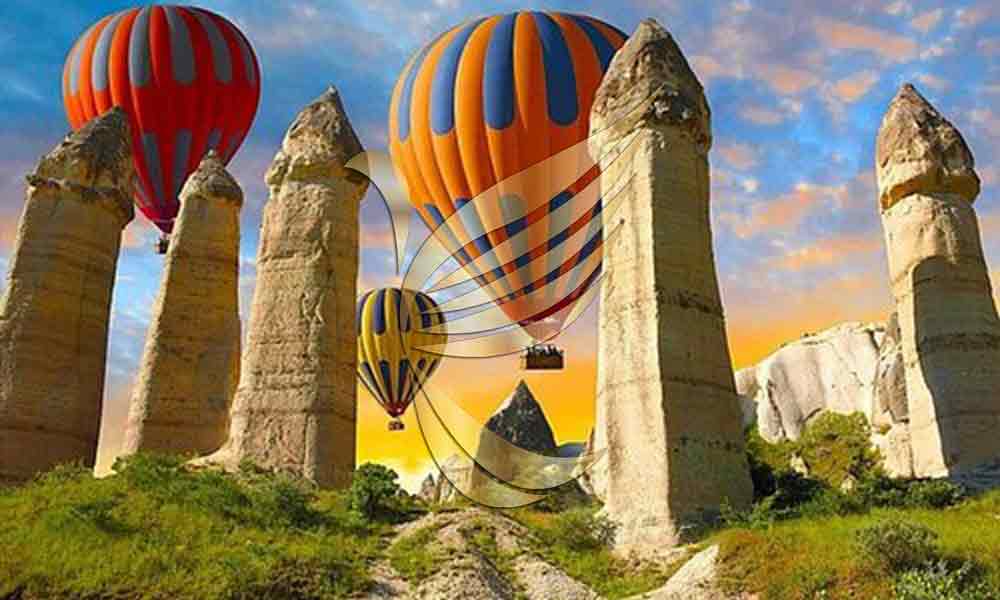
WHAT to determine AND WHERE: Fairy Chimneys were created as a results of wind and water erosion when small harder pieces of rock remained on top of larger and softer rock columns. This out-of-this-world landscape impressed film maker such a lot that his original plan was to shoot some Star Wars' episodes during this area. Located in a very spectacular valley between towns of Nevsehir and Urgup there are very different, interesting fairy chimneys. UNESCO declared the world a World Heritage Site. a number of the fairy chimneys are inhabited for several years, with rooms, windows and staircases being laboriously curved inside creating up to 5-storey structures inside. Today a number of these are providing services to tourism as pensions. the biggest of 36 underground cities within the area is at Derinkuyu. it's at a distance of 29 km from Nevsehir, the provincial center of seven,000 people. Derinkuyu underground city is found under a hill, was found accidentally and opened to the general public in 1965. It covers a 4 square km area and was calculated as ready to shelter 2,000 households on 7 floors beneath the surface, reaching a depth of 70 to 85 meters.
Archeologists tend to believe that the Hittites were the starters of the underground communities which within the 6th and 7th were expanded by early Christians into a really extensive complexes with air shafts, kitchens, lodging, churches, water wells, horse stables and wine cellars. These elaborate subterranean systems were utilized by the those that had accepted Christianity against their enemies both as a shelter and as a secure place to hold out their worship. Next largest underground city is at Kaymakly, 20 km from Nevsehir. Despite of the actual fact that only four underground levels are excavated, there are speculations that there is as many as 11 in total. There's also a tunnel that connects the underground cities of Kaymakli and Derinkuyu (9 km long!) that incorporates a width of of over 2 meters, but unfortunately it's not opened to the general public as parts of the tunnel have collapsed.
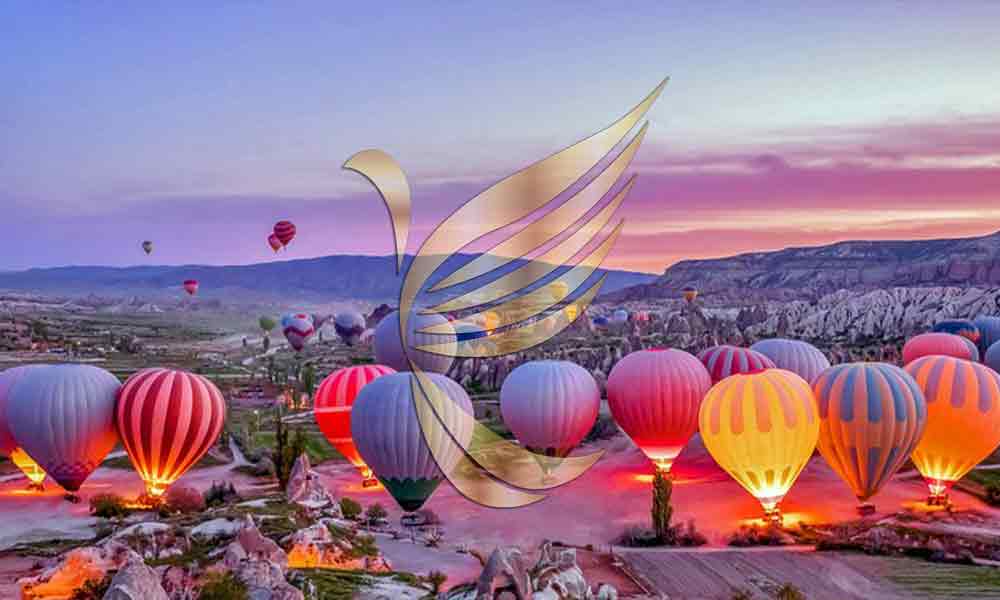
Among other significant underground communities within the region we should always mention the underground monastery of Ozkonak and also the Tatlarin underground city with existing Christian frescoes. Rock cut Christian churches. It's estimated that over 400 Christian churches, chapels and monasteries were in-built Cappadocia during the Byzantine period until the 13th century. Most of them were hollowed enter fairy chimneys, hills and in underground caves. The Tokali church is that the largest one within the region, it absolutely was inbuilt the start of the 10th century. Decorated with a cycle containing the lifetime of Jesus, it's located right within the town of Goreme. The Karanlik church, also located in Goreme is among best preserved in Cappadocia with lively paintings depicting the consecration of Jesus, the Seder, the Crucifixion and therefore the apostles. The Eskigumus rock cut monastery (close to the town of Nigde) is that the only 1 where you'll be able to see a frescoe with smiling Virgin Mary.
Recent discovery of the monastery in 1963 allowed it to flee vandalism to which many of the Cappadocian churches and monasteries were subjected. Well-preserved wall paintings decorate the spacious main church are known to be altogether|one amongst|one in every of} the simplest samples of the Byzantine art in all of Cappadocia.
Other attractions within the area include but not limited to:
- Museums in Aksaray, Nevsehir, Goreme, Nigde, Kayseri;
- Fortress of Ortahisar, the spectacular Devrent Valley;
- Seljuk history relics like Karatay Madrasah, many mosques and caravansaries in Konya;
- Hot springs in Nar-Golu and Guzelyurt where also one in all the oldest existing churches within the area- Kizil Kilise (Red Church) is found, a 6th century artifact;
- Hiking and mountain skiing at the Erciyes Dagi mountain (3916m above sea level);
- Hot air balloon.
WHEN TO GO: Cappadocia contains a steppe climate, there's a good temperature difference between day and night. The typical temperature is +23 deg.C (73 F) in summer and -2 deg.C (28 F) in winter. It's cooler and drier than within the popular tourist areas of the Mediterranean and therefore the Aegean coasts. April to middle of June and September-October are the simplest months to go to.
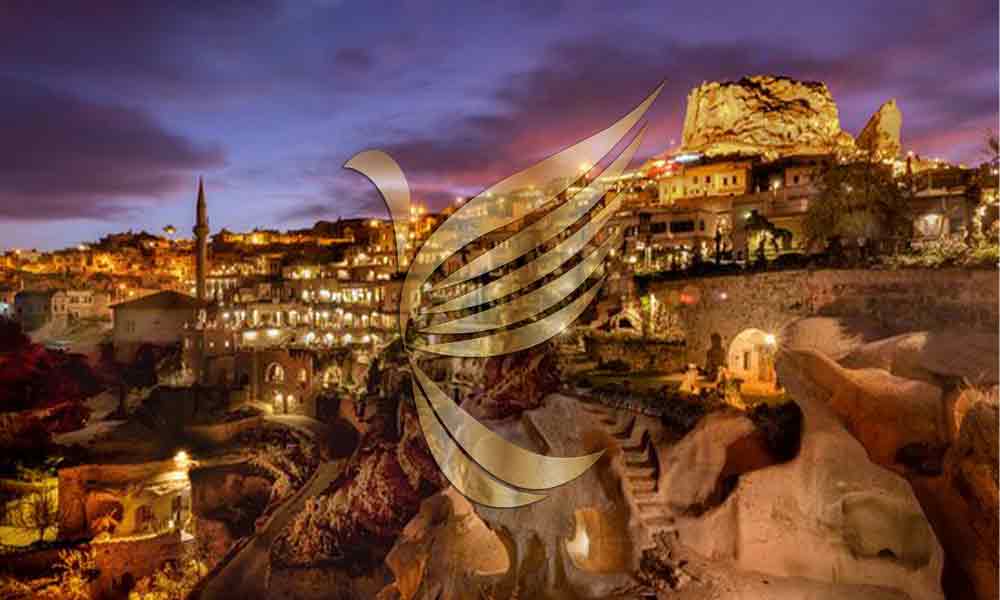
GETTING THERE: Ankara, the Turkey's capital city is barely 350km away.
TRAVEL TIPS: Local travel books, information booklets are available on the spot in Cappadocia's towns. If travelling on your own, an in depth road map would definitely be a requirement to shop for before leaving home. Modest clothes are suggested for ladies. The agricultural Turkey's culture is conservative and immodest clothing (short skirts, shorts, tight clothing) can invite unwanted attention. don't forget a sun hat, sun protecting lotion, comfortable shoes. Plan ahead to spend a minimum of two full days within the area.
We wish you a pleasant and safe trip!

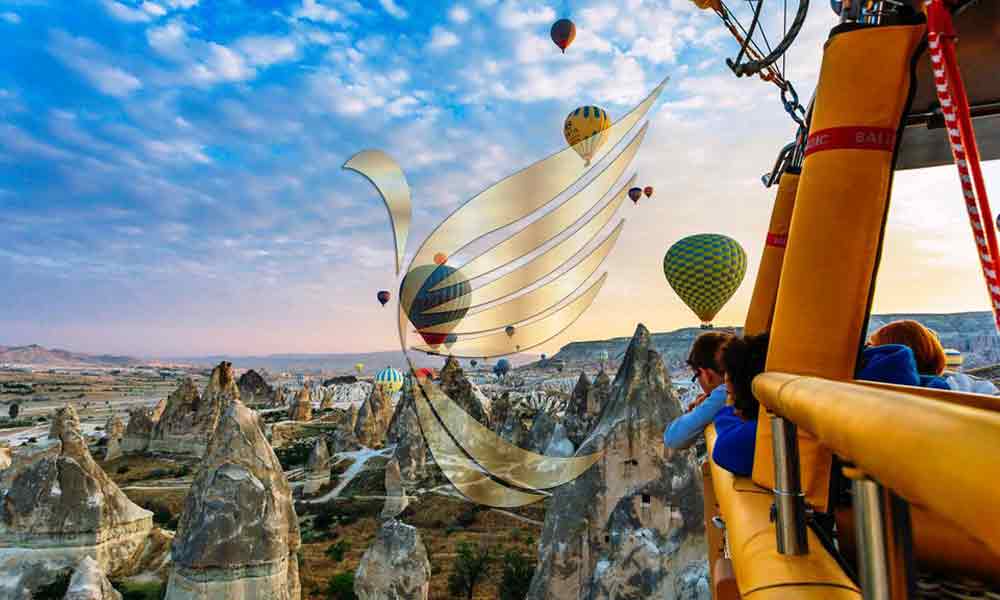
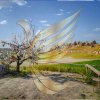



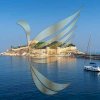
0 comments for this post